

Work is completed on Richmond Barracks, but it will be four years before it is occupied.
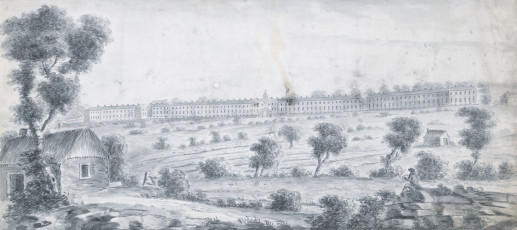
On 21 June, a ball is held at Richmond Barracks to mark the start of it as a working barracks and continues until 6am.
The Oxfordshire Regiment from Richmond Barracks help fight a fire at Hibernian Woolen Mills in nearby Kilmainham.
Cholera takes hold in many parts of Ireland.
The potato crop fails several times all over Ireland, coupled with an inadequate policy response from the British government.
Dublin sees a severe outbreak of cholera and instructions are issued to the soldiers of Richmond Barracks.
The Crimean War begins and regiments of Richmond Barracks prepare to travel to the front line.
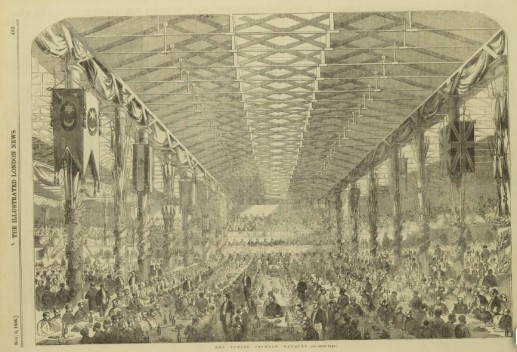
The War Office attempts to close Goldenbridge Cemetery, citing health and safety.
Depression and suicides among soldiers motivates the army into refurbishing the Barracks.
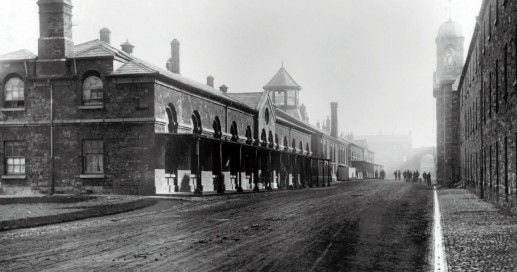
The second Boer war starts in South Africa and becomes Britain’s biggest conflict since the Crimean war.
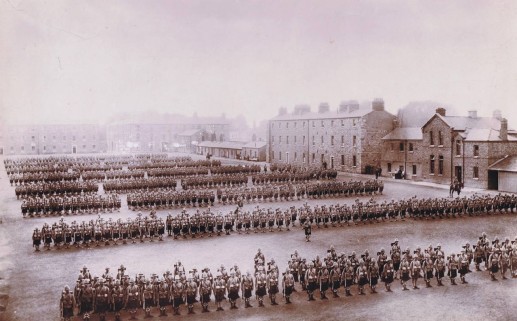
Richmond Barracks enlists Irish men, amongst them the poet Francis Ledwidge who joins the Royal Inniskilling Fusiliers.
At the end of the Easter Rebellion, around three thousand men and women are brought to Richmond Barracks to be processed.
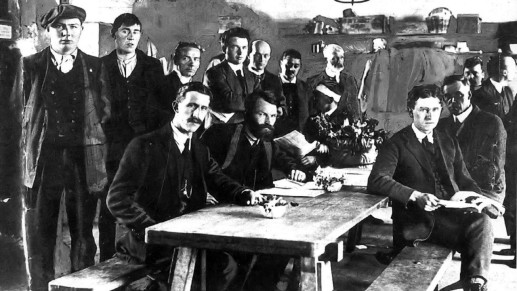
A general election sees the Nationalist party Sinn Féin, win a landslide victory over the whole of Ireland.
Following the establishment of the Irish Free State, Richmond Barracks is handed over to the Irish National Army.
The former garrison chapel used by soldiers becomes the church of St. Michael of the Angels
Most of the Barracks is demolished to make way for new public housing.
St Michael's Christian Brothers school closes.
The last block of St Michael's estate is demolished.
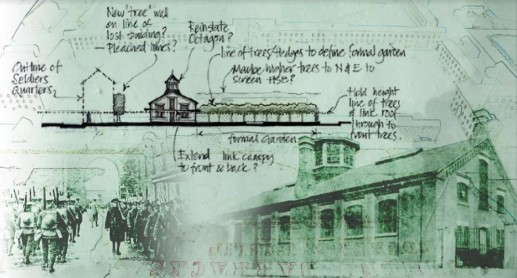
Richmond Barracks opens as a visitor attraction with tours of the gymnasium, the old school rooms and garden.
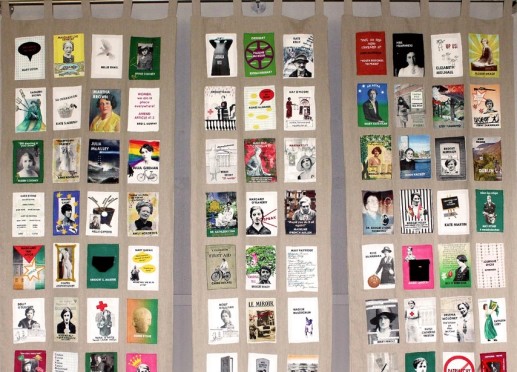
The Royal Cheshire and Lancashire Regiments are the first men to occupy Richmond Barracks.
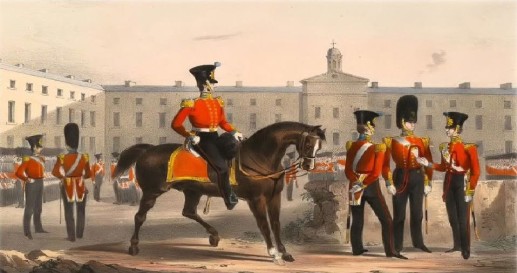
Great excitement is had as Mr Sadler’s hot air balloon ascends from Richmond Barracks.
Daniel O’Connell, ‘The Liberator’ and advocate for Catholic rights, opens Goldenbridge Cemetery, with the Catholic Association.
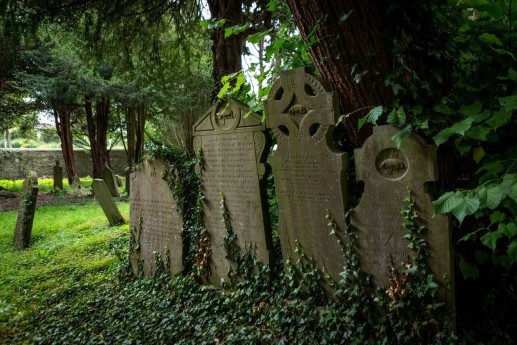
The Commander of the Forces issues orders for all men to remain in barracks in Dublin so that they may be called on to deal with food riots and rebel attacks.
The Great Southern and Western Railway line opens in Inchicore.
After six years of famine the population of Ireland has gone from 8.175 million (Census 1841) to 6.55 million (Census 1851) due to emigration, disease and death.
A report released on military living conditions gives an insight into the lives of soldiers' wives.
Recreation rooms are opened in Richmond Barracks, including a library and games room with plays and lectures taking place.
The Land League hold a ‘Great public meeting’ in the Phoenix Park, just across the river from Richmond Barracks.
War is declared and troops are sent from Britain to the many barracks in Dublin to prepare them for the Western front.
Support for Irish independence from Britain has been growing.
Having served in Gallipoli, Francis Ledwidge is injured and returns to Dublin on leave.
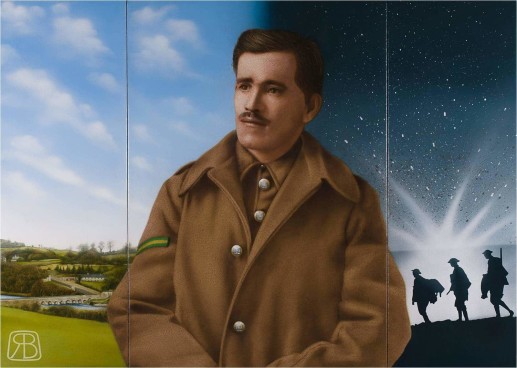
The first Dáil Éireann (Parliament) sits in Dublin
The Irish army vacate Richmond Barracks and is becomes a residence for families
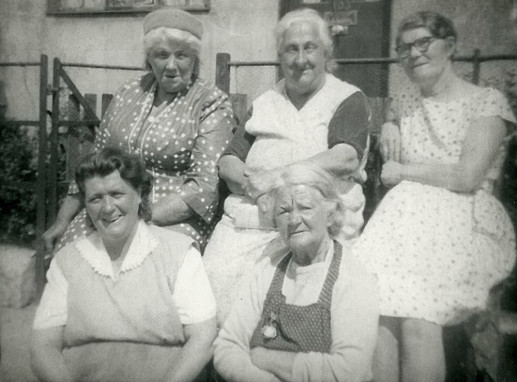
St Michael's Christian Brothers school opens.
St Michael's estate is built on the site to house families and the aged.
The Health Services Executive opens a Primary Care centre in one section of the old barracks.
The local community attends the launch of the Richmond Barracks renovations as Dublin City Council include it as part of the Decade of Centenaries to commemorate 1916.
Dublin City Council Culture Company are brought on board to run the building
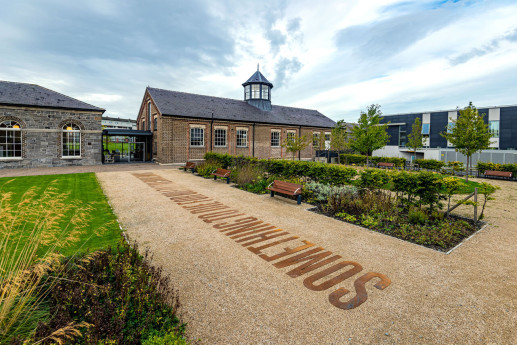

It is one of the British Army's largest barracks in Dublin and can accommodate 76 officers, 1,600 men, 25 horses, a small hospital as well as an armoury room, forge, detention centre, tailors shop and military stores.
The British government has become alarmed at the threat of attack from the French as well as Irish revolutionaries and embarks on a defensive campaign of building army and police barracks and martello towers throughout Ireland.
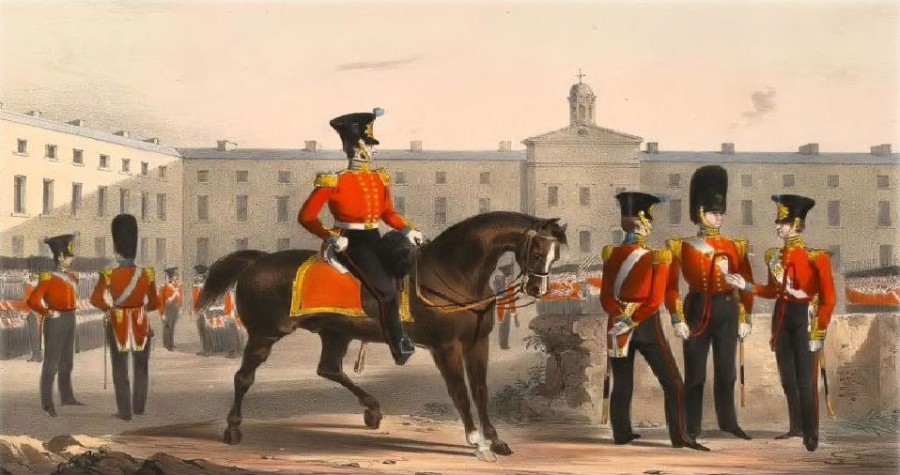
It is named after the then Lord Lieutenant of Ireland (the British Crown's representative in Ireland), 4th Duke of Richmond, Charles Lennox.
Though at this stage, it is not a very attractive position, as the Act of Union in 1801 has meant that the Parliament in Dublin moved to London, as had much of the aristocracy and wealth along with it.

It may be noted that this was for officers only and the public were not invited. The newspaper, Saunders Newsletter, reported:
An elegant ball and supper to a numerous and fashionable party of their friends. Muskets, swords pistols and other military weapons were fancifully disposed through the room interspersed with flowering shrubs and evergreens
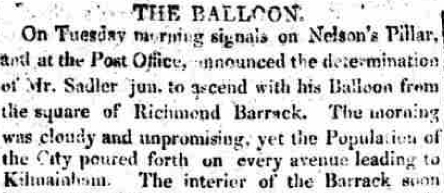
It was to the delight of the soldiers and the general public who ‘poured forth on every avenue leading to Kilmainham’ on 5 November. The English balloonist, Windham Sadler, and his co pilot Edmund Livingston, land in a bog near Edenderry but were led to safety by a barking dog! Sadler has already ascended a balloon in Cork and will go on to make the first successful balloon flight across the Irish sea in 1817.
They fight the fire along with fire engines supplied by the Arthur Guinness company and assistance from the Royal Hospital Kilmainham.
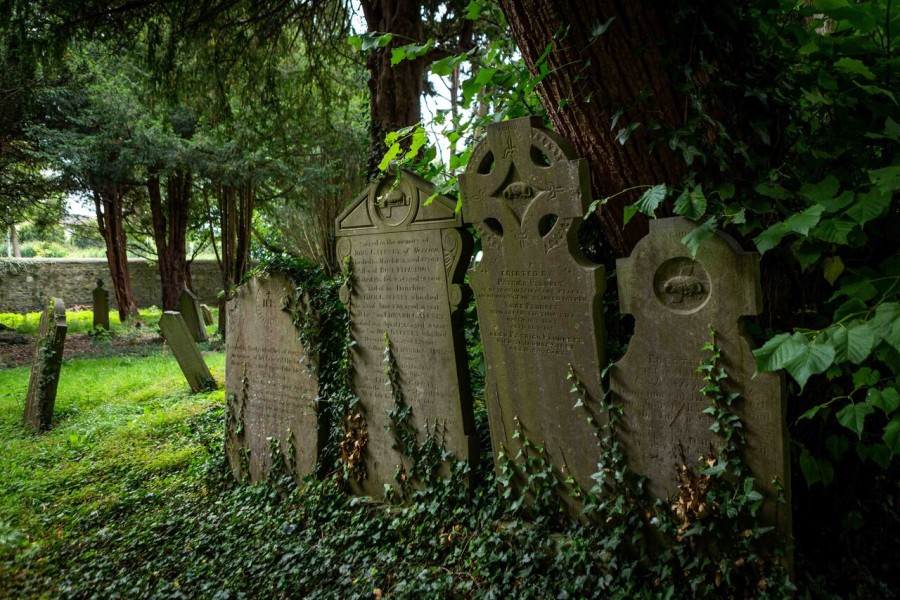
Dublin’s first burial space for “Those of all religions and none”, it is situated between Richmond Barracks and the Grand canal. This is the city’s first ‘Garden’ cemetery and the Freeman’s Journal notes that it is laid out with ‘..neat gravel walks’ and a ‘number of young trees comprising willows, weeping ash, larch and sycamore’.
In Dublin, both Goldenbridge Cemetery and Bully's Acre Cemetery in Royal Hospital Kilmainham nearby, fill with victims of the disease. The soldiers of Richmond Barracks donate a day's pay to a relief fund for the poor of Mayo and Galway, areas severely affected by both cholera and poverty.
The 1840s became a decade of unrest with the Young Ireland Movement pushing for independence from Britain. In response, Richmond Barracks is fortified in readiness for attack from an internal enemy, with ‘...port holes, loop holes and embrasures and all the other works deemed requisite by the science of war for successfully resisting the attacks of an enemy’.
The Great Famine goes on to result in up to one million deaths, while two and a half million people emigrate. Soup kitchens are organised by the Quakers and the government and a ‘Famine Cauldron’ is set up in a field below the Royal Barracks, on the other side of the Liffey river, just across from Richmond Barracks.
The population of Dublin rises substantially during the famine years as people arrive in the city to escape the disasters of hunger and emigration. As food prices increase, an emergency meeting of the leaders of Dublin city concludes:
...the unparalleled distress of the poor of Dublin imperatively demands the utmost exertion of every Christian to lighten the distress of the destitute and stay the evils which would follow in the track of famine
The area develops as railway workers move into specially built accomodation and businesses in the area flourish. The railway goes on to become the biggest employer in Inchicore.
Soldiers wives washing linen in the Canal at Richmond Barracks and Portobello Barracks will be deprived of all indulgence and turned out of barracks
and the soldiers are warned that;
No soldiers are allowed to bathe in the River or Canals in or near Dublin but they may do so in the Sea at the end of the North and South Walls, under charge of Non-commissioned Officers
Source: Liam O’Meara, From Richmond Barracks to Keogh Square.
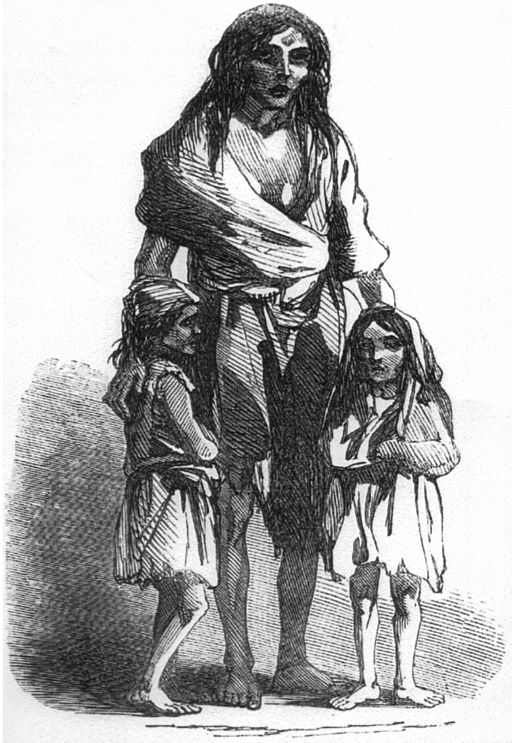
In Dublin there are streets of overcrowded tenements and severe poverty and even the ‘better class’ and commercial areas are affected.
An American visitor, wrote of Dublin, in 1851:
..in the midst of all so rich and beautiful, a solemn, sad loneliness hung, like a black pall, about everything. The streets, though wide, were deserted; the stores, though lofty and built for long endurance, were closed; business there was almost none. Dublin was a deserted village, or a city of the dead.
Source: George F. Haskins , Travels in England, France, Italy and Ireland, (Boston, 1851)
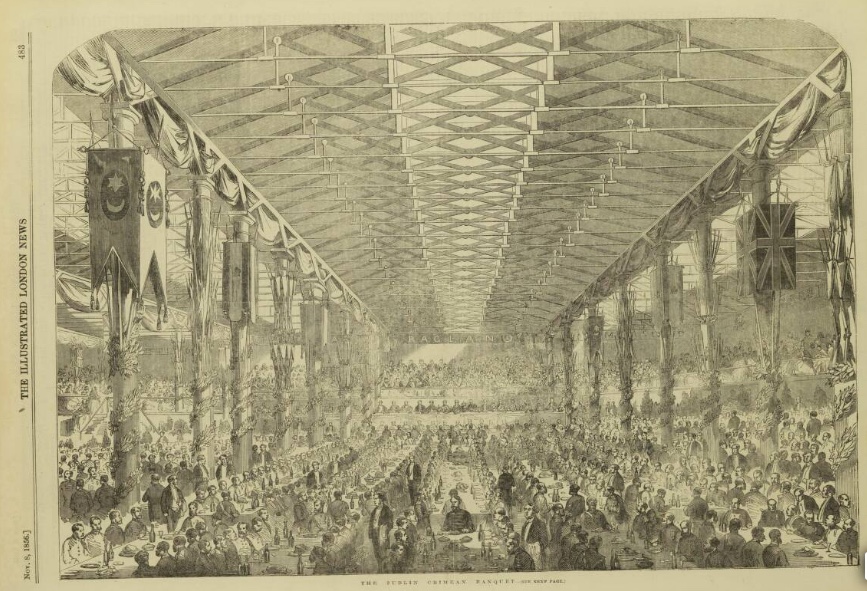
Irish doctors and nurses also participate and it sees the birth of war correspondence, as Dublin-born William Howard Russell reports from the battle fields, for The Times newspaper.
When the war ends in 1856, the Dublin Grand Crimean Banquet is held in a specially built warehouse in George’s Dock, for 5,000 soldiers, seamen and guests. There is much pomp and ceremony with a lavish feast and it takes four vans alone, to deliver the potatoes. The Freeman’s Journal reports:
... much merriment was caused by the signal which passed along the crowds on the quay “Here comes the praties (potatoes).”
This being only a few years after the Great Famine there would have been mixed reactions to such a display of feasting.
Source: Freeman’s Journal, 8 October, 1856.
It is stated that Richmond Barracks allows wives of soldiers, whose marriages have been permitted by the Army, to live in dormitories with their husbands. For this, and half rations, she must cook and clean for the men in her barrack room. There are also 'She Barracks', a house where 'unapproved' wives of married soldiers live in a room rented by her husband for a 'small, weekly sum'.
Source: Liam O'Meara, From Richmond Barracks to Keogh Square, (Dublin, 2014)
When that is not successful, it claims there is too much disruption to the barracks, as the funerals are frequent. There is a public outcry but in two years Goldenbridge Cemetery closes to any family that does not already have a plot here.
It is hoped that these diversions will keep soldiers away from drinking and fighting with soldiers from other barracks. To celebrate the new buildings, a Grand Ball is held and the Irish Times reports that the room was:
decorated for the occasion with rare and artistic effect and nothing was spared which could possibly secure greater éclat (dazzling effect) to the brilliant entertainment
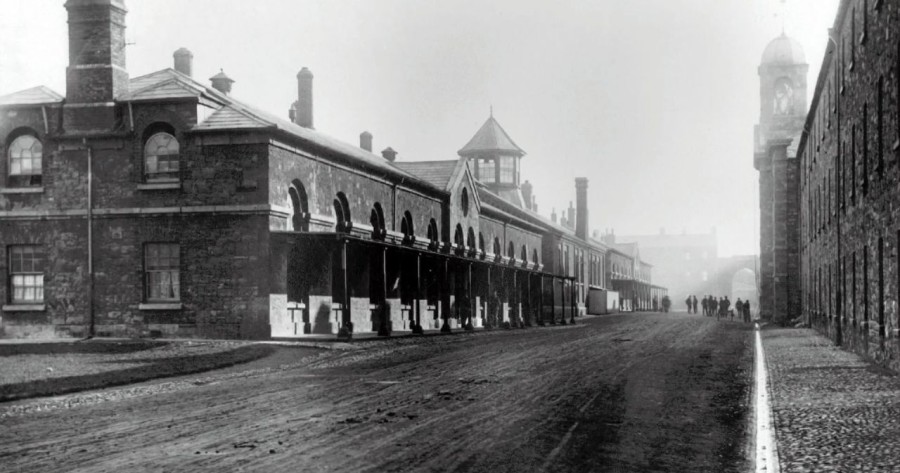
A gymnasium is built with a large, glass cupola, letting in light and air. There would be an instructor of gymnastics and fencing for the men and soldiers from nearby barracks would be expected to use it also.
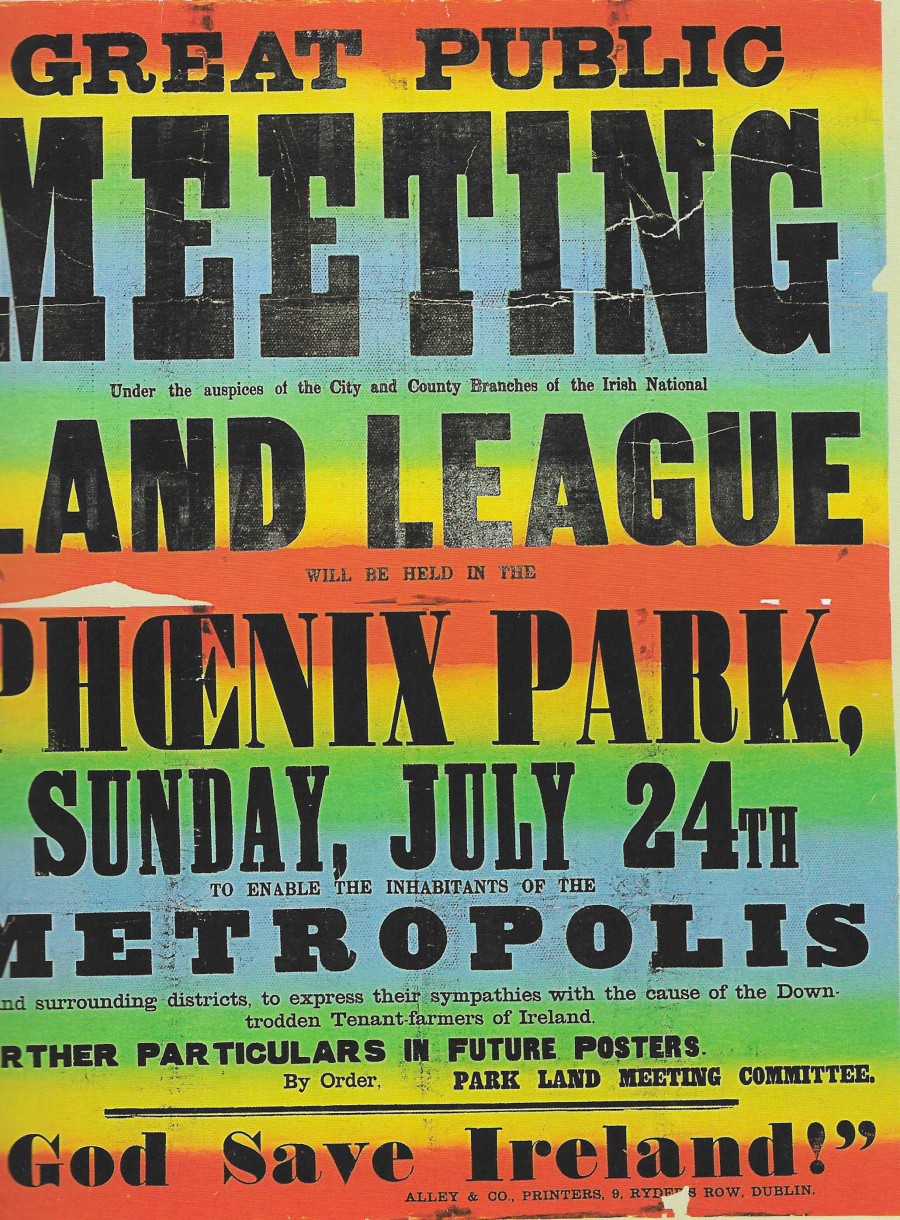
The purpose of the meeting is to:
enable the inhabitants of the metropolis and surrounding districts to express their sympathies with the cause of the down trodden tenant-farmers of Ireland
Led by Charles Stewert Parnell and John Davitt, the Land League is set up to protest conditions of tenant farmers all over Ireland.
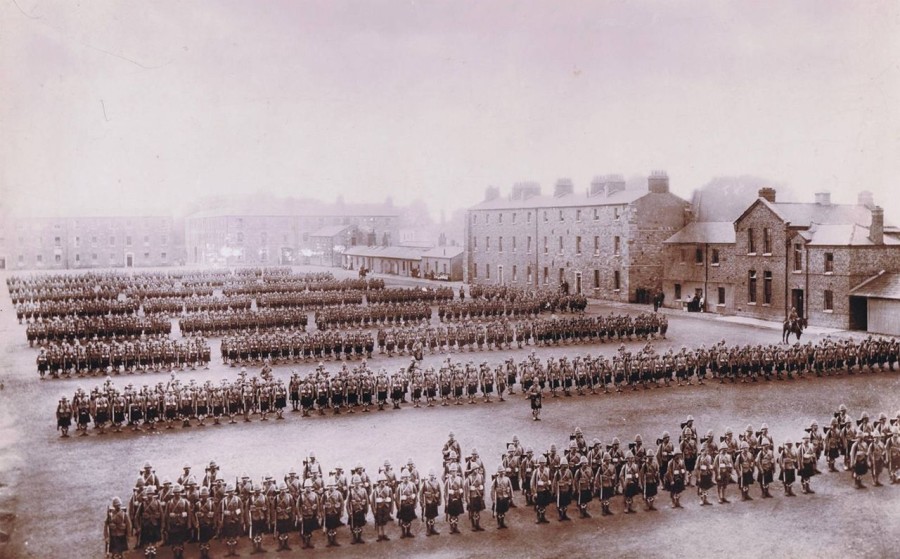
In this image, the Argyll and Sutherland Regiment line up in the parade ground of Richmond Barracks on the eve of being deployed and it gives a great sense of a regiment size. Note the cottages on the right hand side for the soldiers and their families. Whilst thousands of Irish soldiers in the British army see service in South Africa, at the same time, some Irish nationalists went to fight with the Boers against the British and some campaigned for an end to the war.
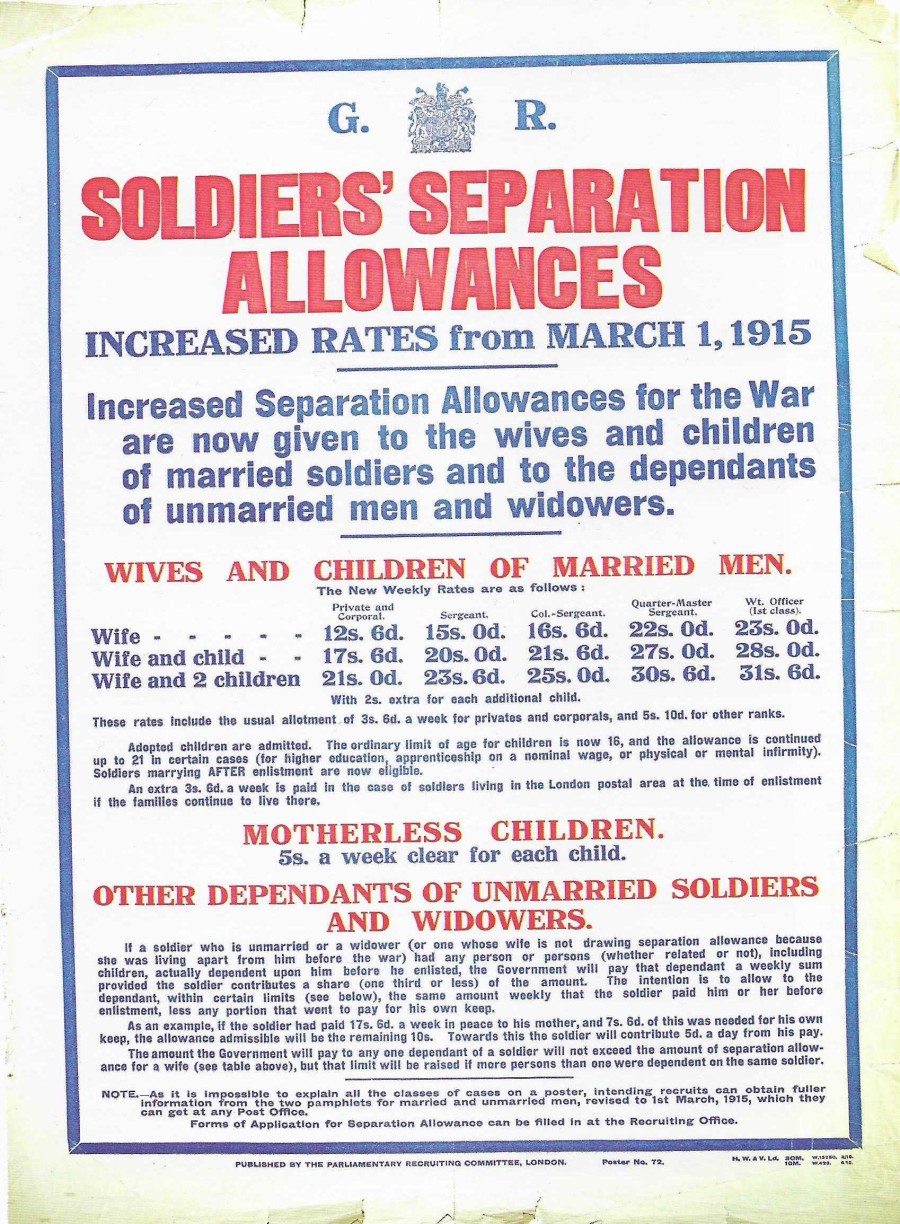
About 21,000 Irish men were already serving in the British army as war broke out and as it progressed, another 47,000 joined up.
It is estimated that 30,000 to 35,000 Irish soldiers died in WW1. The war split the nationalist movement in Ireland, with some joining the British army and others continuing with the campaign for independence. Wives of Irish soldiers in the British army received an allowance and were popularly known as ‘separation women’. Conscription was never enforced in Ireland and men volunteered for the cause, for adventure and for the pay it offered.
Source: John Crowley et al (Eds), Atlas of the Revolution, (Cork, 2017).
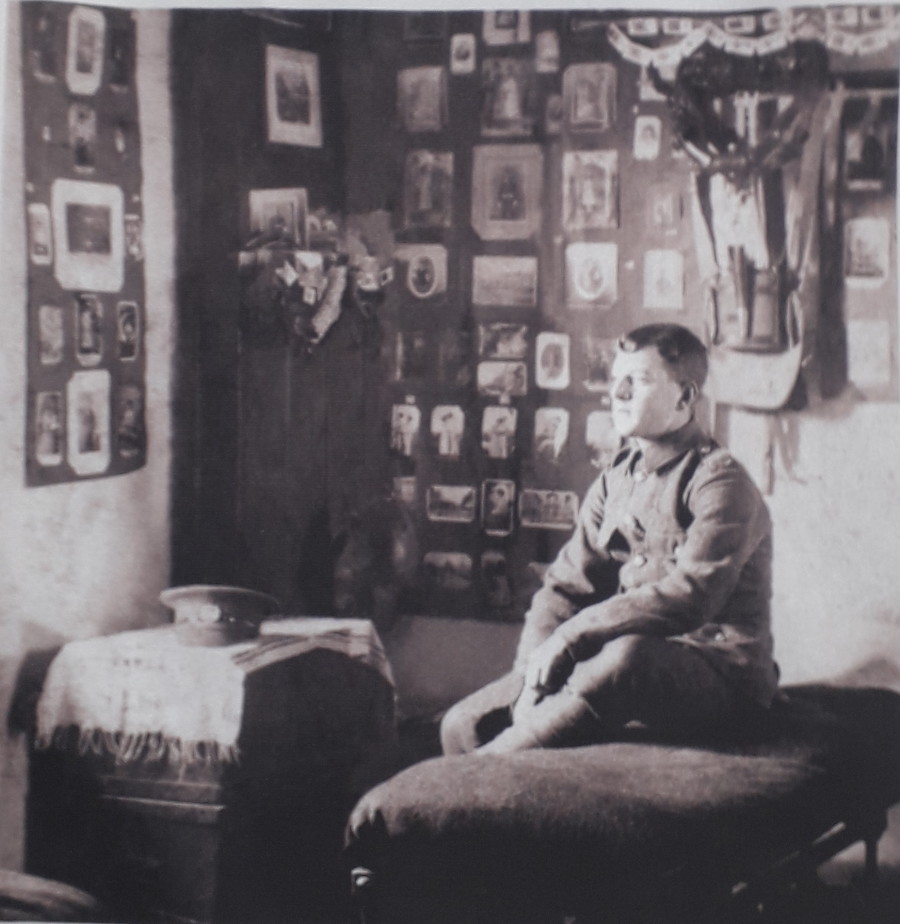
As a writer he has been supported and encouraged by Lord Dunsany and was a co founder of the nationailist organisation, the Irish Volunteers. Though sceptical at first of the conflict, his viewpoint changed, particularly when Meath, his home county, embraced the war effort.
The Irish Republican Brotherhood plan an all island rebellion but due to a series of mishaps it takes place mostly in Dublin. The rebellion starts on Easter Monday with the reading of the Proclamation of the Irish Republic and several rebel garrisons are set up, including one in the South Dublin Union workhouse, very close to Richmond Barracks. As fighting begins, troops are dispatched from Richmond barracks to the Union to suppress the rebels. Around eighteen hundred rebels participate in what comes to be known as the Easter Rising or Easter Rebellion, and it lasts one week.
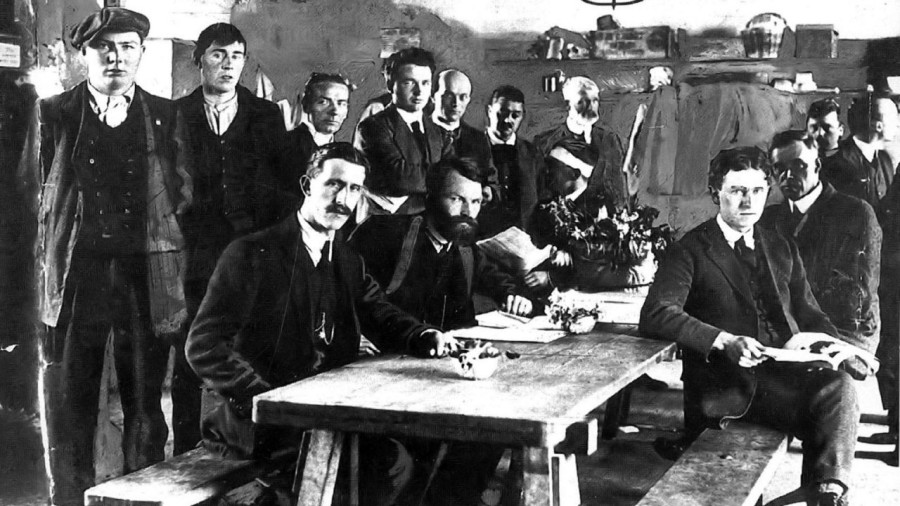
They include Michael Collins, Eamon De Valera, Countess Markievicz and Dr Kathleen Lynn. People are either released or deported to England. Some are court martialed within the barracks and fourteen insurgents are executed in nearby Kilmainham gaol. British Prime Minister Henry Asquith visits Richmond barracks and a stay of executions follows.
In his memoir of being interned, the nationalist Darrell Figgis writes:
Richmond Barracks was for the military the clearing house for the Rebels; for the police it was the last chance of a stroke
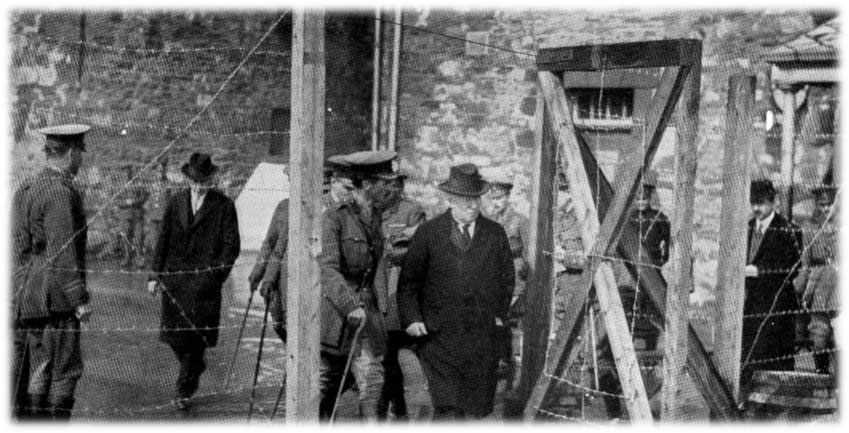
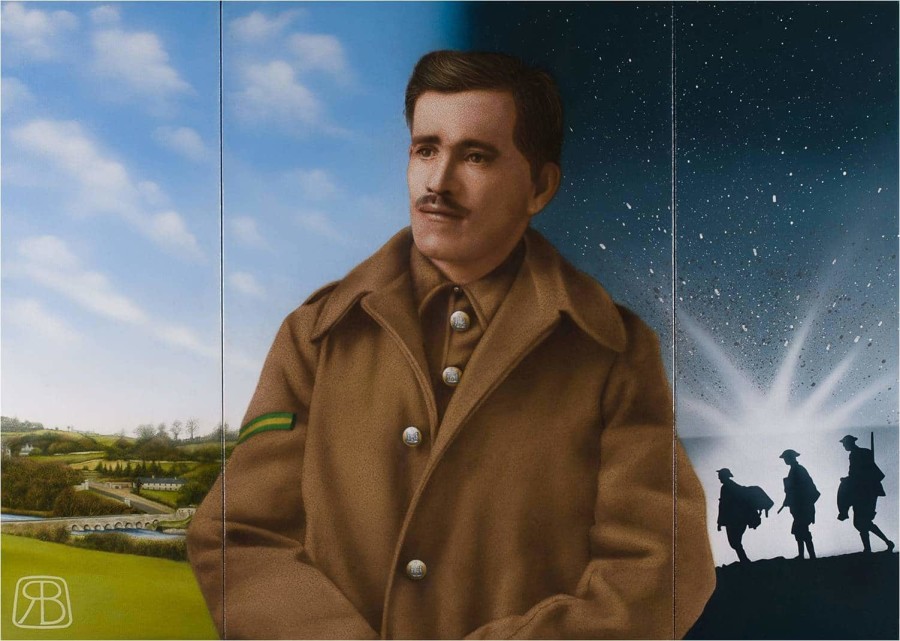
He appears to have become disillusioned with warfare as he mourns his friend Thomas McDonagh, executed as a leader of the Easter Rising.
Ledwidge is later killed in Belgium, where he was fighting in the Battle of Ypres.
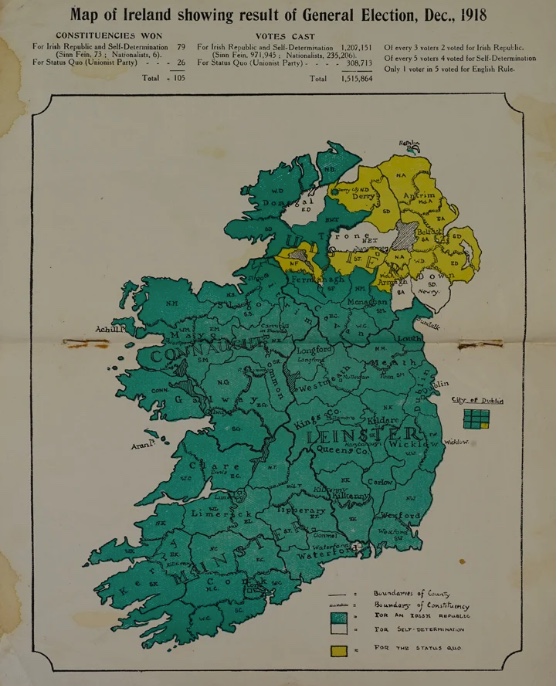
With the exception of the North East where Unionist and pro-British areas vote to stay within the United Kingdom.
Members of the Irish Republican Army (IRA) and Cumann na mBan (women’s support group to the IRA/Irish Volunteers) wage a guerilla war, the War of Independence, against British state forces.
The King’s Own Royal Lancaster Regiment Third Battalion arrive at Richmond Barracks and are absorbed into the First Battalion, King’s Own Regiment who remain in place until Richmond Barracks is handed over to the Irish Free State.
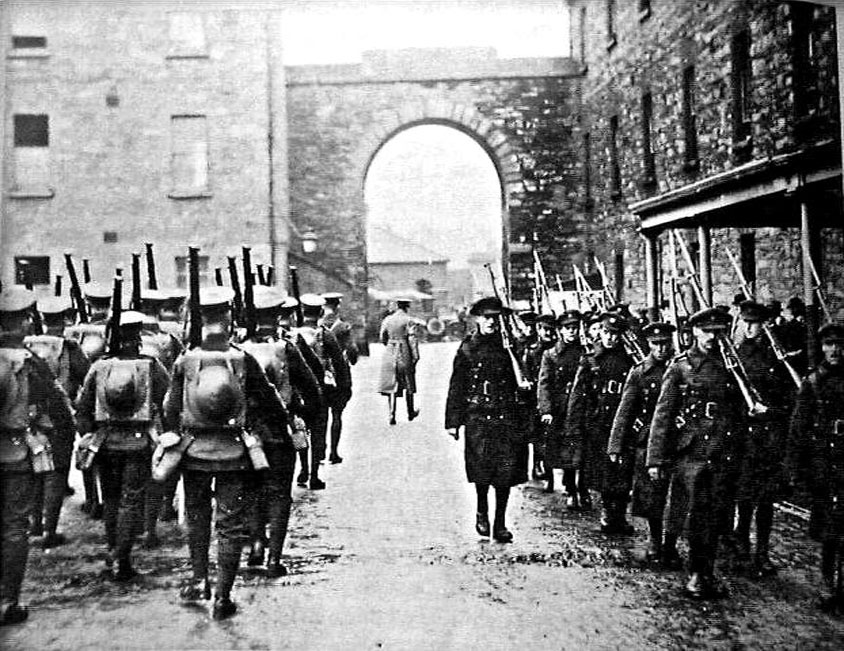
The Barracks is renamed Kehoe Barracks, after the late General Commandant, Tom Kehoe. Kehoe had been a member of ‘The Squad’, the Irish Republican Army assassination team directed by Michael Collins who killed members of the ‘G Division’, British intelligence officers, some of whom had processed rebel prisoners in Richmond Barracks in 1916.
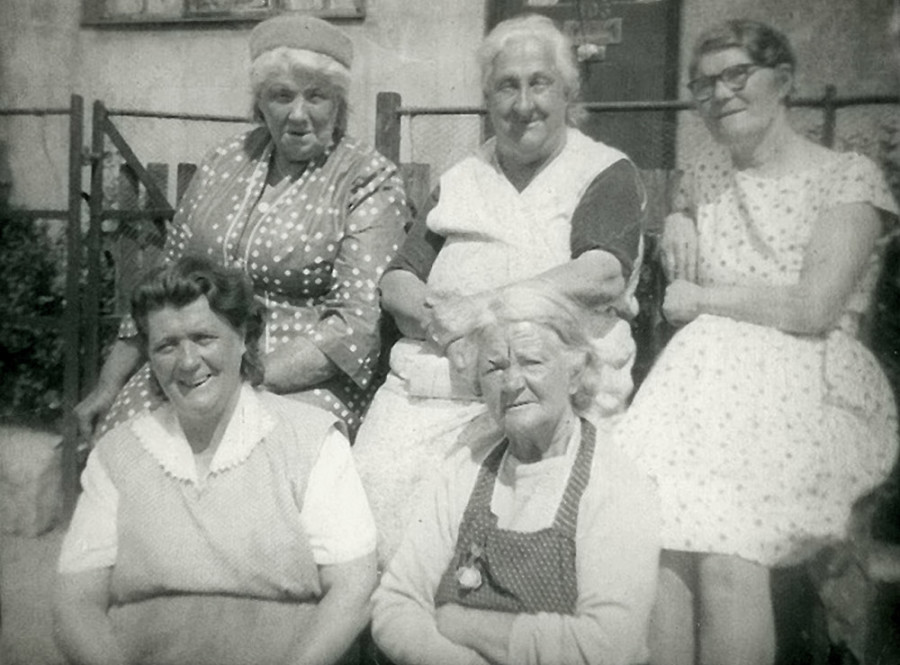
Dublin Corporation house families in the Barracks buildings as well as in renovated cottages. Renamed Kehoe Square (sometimes spelled Keogh) the tenants come to be known locally, as Barrackers.
It is used to accommodate the growing numbers in the parish.
It uses the old recreation rooms and the gymnasium for physical exercise.
It includes St Michael’s Family Resource Centre which plays an important role in the area.
The rooms and the gym it occupies become vacant and fall into disrepair. The cupola in the gym and the veranda had been removed by this time.
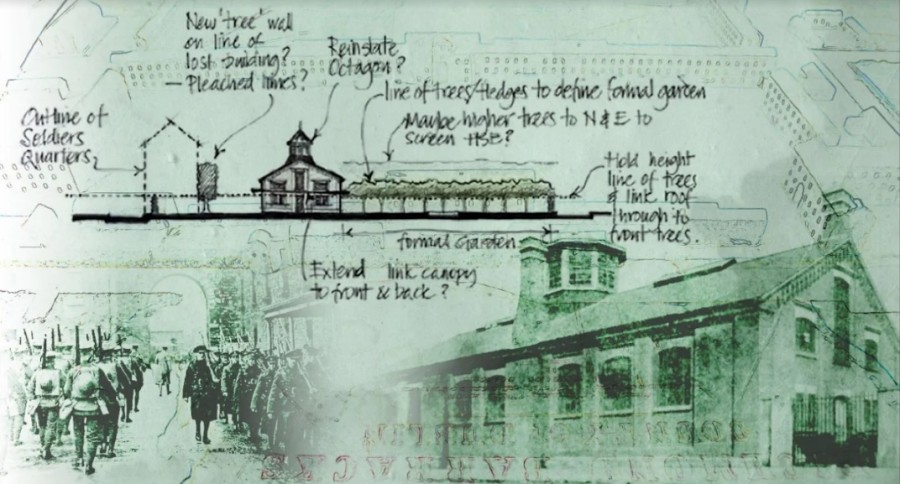
Plans are developed to restore the gym and remaining rooms. The Richmond Barracks Advisory Committee includes local activists and Dublin City Council members.
Purcell construction and Blackwood Associates architects are contracted to carry out the restoration.
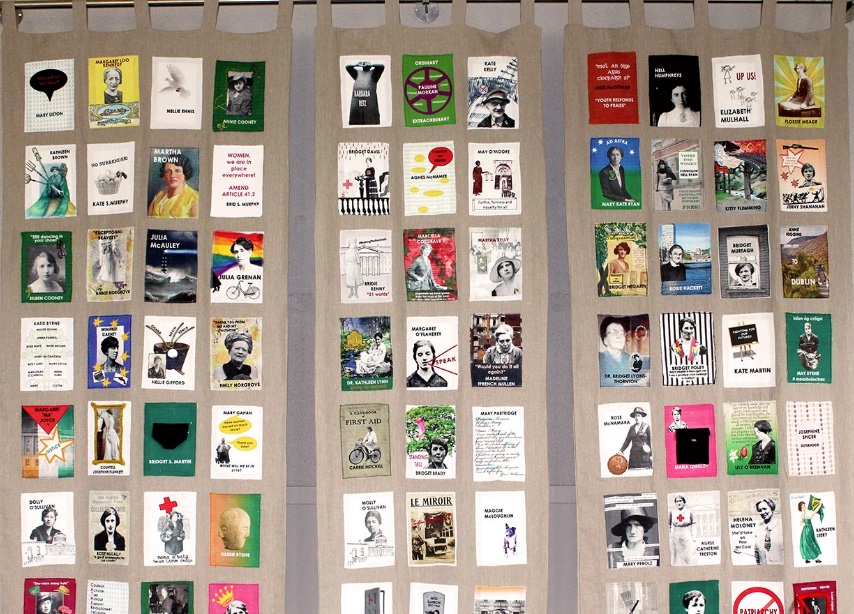
Local group, The Yarn School, create a Commemoration Quilt in honour of the seventy seven women detained in Richmond Barracks in 1916.
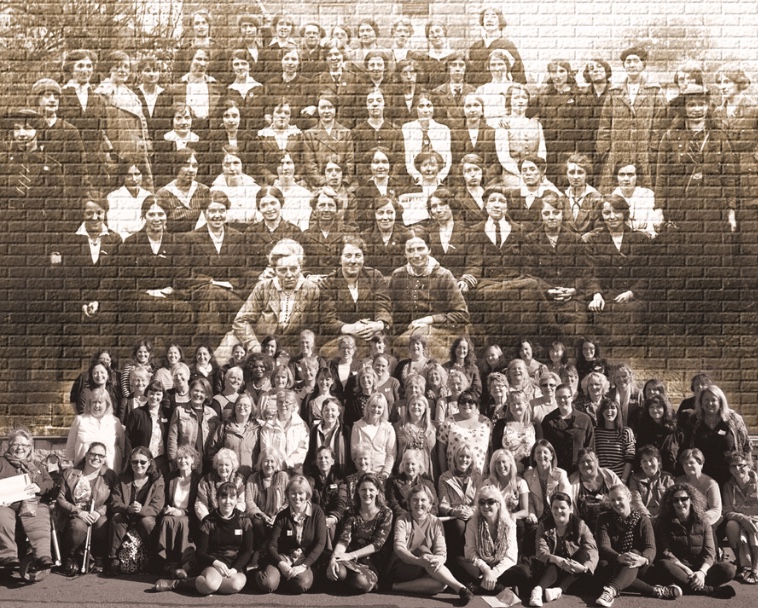
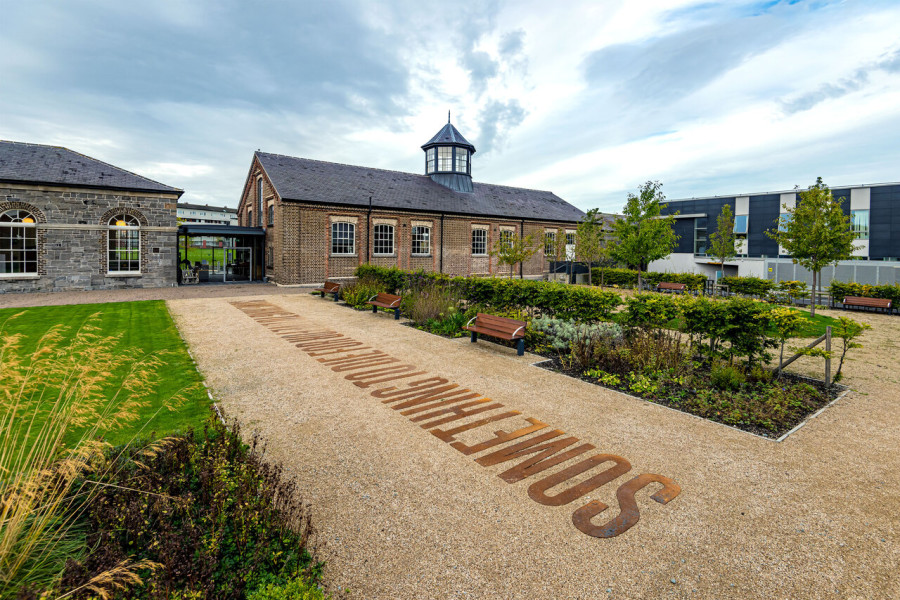
Culture Connects, a programme of cultural activities that celebrate the experiences and interests of the local communities and people, is launched with activities taking place both online and in person.
Richmond Barracks becomes home to Inchicore library while it undergoes refurbishment works and the first Historian-in-Residence for Children is based in the building.
To find out more and discover how you can get involved, take a look at the What's On page.